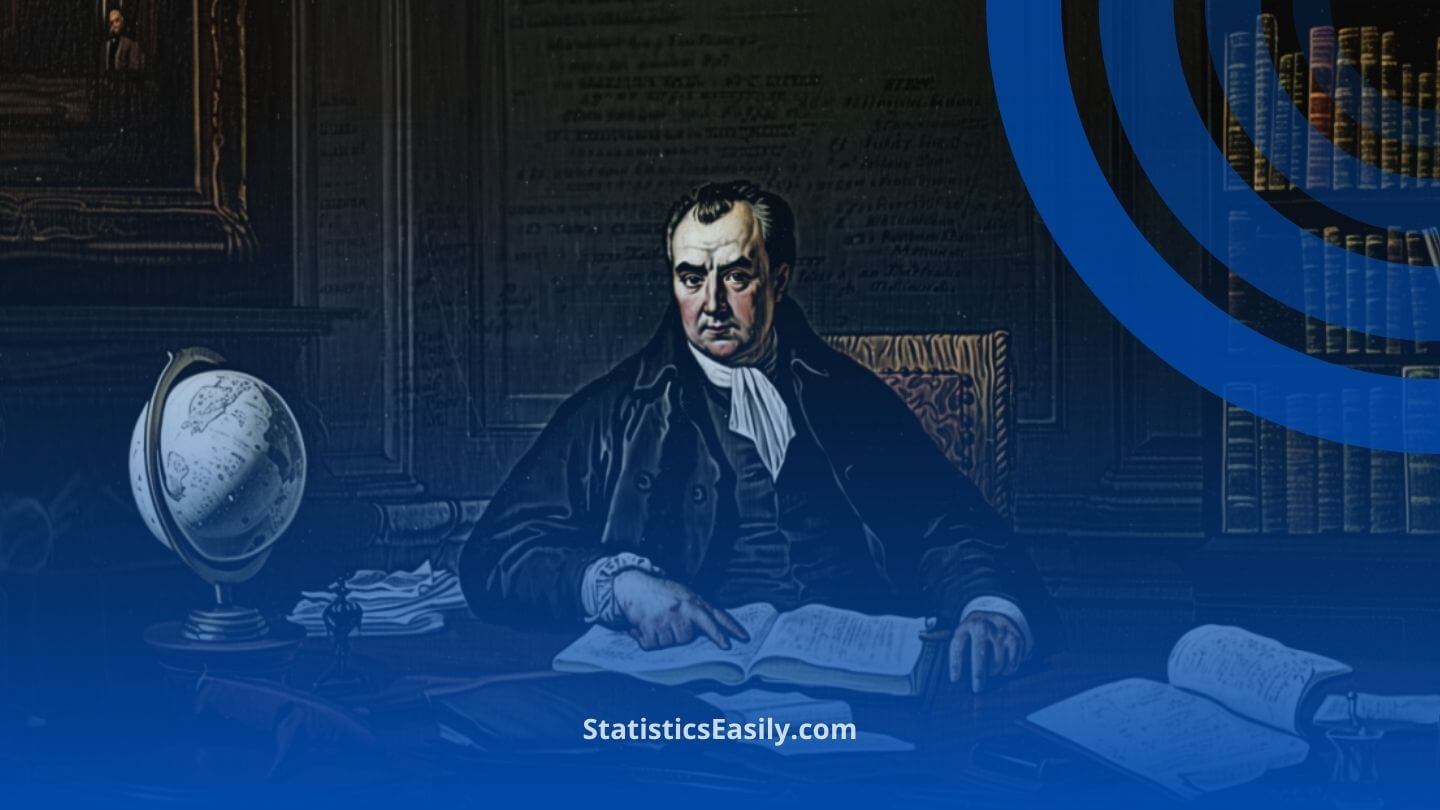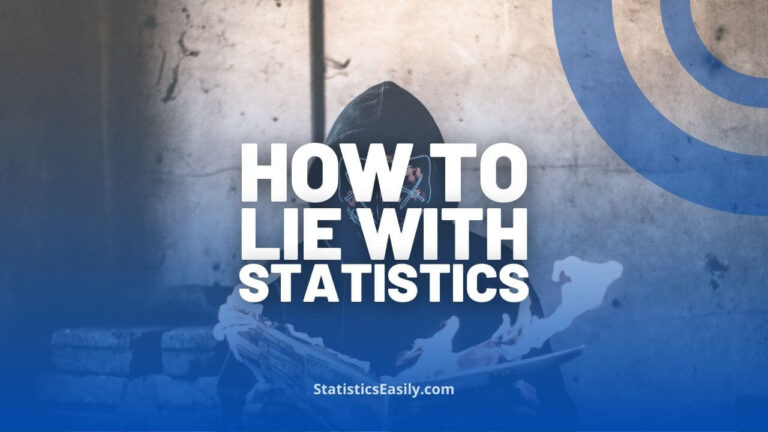Bayesian Statistics: A Practical Introduction for Frequentist Practitioners
You will learn the transformative power of integrating prior knowledge with Bayesian Statistics in R.
Introduction to Bayesian Statistics
In inferential statistics, two primary paradigms offer distinct approaches to concluding data: the frequentist and the Bayesian. While frequentist statistics has long been the conventional pathway, Bayesian statistics emerges as a compelling alternative by weaving in prior knowledge with current evidence. This incorporation of pre-existing information allows for a more nuanced analysis, especially in situations where data is sparse or existing expertise is rich. The philosophical backbone of Bayesian statistics rests on updating beliefs with new evidence. This method mirrors the continuous learning process inherent in scientific inquiry.
The adoption of Bayesian methods has seen a significant rise across various fields, attributable to their flexibility in handling complex models and their ability to provide a probabilistic interpretation of model parameters. This growing popularity is not just a trend but a shift towards a more inclusive understanding of data analysis, where the weight of historical information is acknowledged alongside new findings.
By emphasizing prior knowledge, Bayesian statistics opens up a dialogue between past insights and current discoveries, fostering a more holistic approach to statistical inference. This introductory exploration aims to delineate the contours of Bayesian statistics. It offers a bridge for frequentist practitioners to cross over and discover the practical and philosophical merits of adopting a Bayesian perspective in their analytical endeavors. Through practical examples in R, this article will guide readers through integrating Bayesian methods into their statistical toolkit, demonstrating the versatility and depth that Bayesian analysis brings to research and application in the modern era.
Highlights
- Bayesian statistics utilizes prior knowledge to refine statistical analysis.
- R provides robust tools for implementing Bayesian methods.
- Comparing frequentist and Bayesian approaches reveals unique insights.
- Prior probabilities are pivotal in Bayesian analysis.
- Advanced R packages extend Bayesian analysis capabilities.
Ad Title
Ad description. Lorem ipsum dolor sit amet, consectetur adipiscing elit.
Understanding Bayesian Statistics
In statistical analysis, two approaches have historically vied for dominance: frequentist and Bayesian statistics. While the former has been the traditional mainstay, Bayesian statistics offer a dynamic perspective by valuing prior knowledge in conjunction with new data. This section delves into the essence of Bayesian statistics, contrasts it with the frequentist paradigm, and underscores the role of prior probabilities.
Definition and Fundamental Concepts
At its core, Bayesian statistics is about updating our beliefs based on new evidence. This process hinges on Bayes’ theorem, which mathematically translates how prior knowledge, represented as prior probabilities, is adjusted with the influx of new data to yield posterior probabilities. After considering the evidence, these posterior probabilities offer a revised belief about our hypotheses.
Contrast with Frequentist Approaches
Frequentist statistics operate under the principle that probability is the long-run frequency of events. It relies heavily on the concept of likelihood without accounting for prior expectations. In contrast, Bayesian statistics views probability as a measure of belief or certainty about an event. This fundamental difference in perspective leads to distinct methodological paths: the Bayesian approach integrates prior beliefs with the likelihood of observed data to arrive at posterior beliefs, whereas the frequentist method focuses solely on the likelihood of data given a fixed model parameter.
Importance of Prior Probabilities
The selection and integration of prior probabilities are pivotal in Bayesian analysis. Priors can be subjective, based on expert knowledge, or objective, derived from previous studies or data. They allow the incorporation of relevant information outside the current dataset, enriching the analysis. This aspect of Bayesian statistics is particularly beneficial in contexts with limited data or when integrating evidence from diverse sources. The influence of priors diminishes as more data becomes available, highlighting Bayesian statistics’ adaptability to new information.
In summary, the distinction between Bayesian and frequentist statistics lies in methodology and philosophical underpinnings. Bayesian statistics acknowledges the subjective nature of probability and leverages it to incorporate prior knowledge into statistical analysis. This approach fosters a more holistic understanding of statistical inference, making it an invaluable tool in the modern data scientist’s repertoire. Through practical applications in R, as explored in subsequent sections, readers will witness firsthand the power and flexibility of Bayesian methods.
Practical Applications of Bayesian Statistics in R
Setting Up R for Bayesian Analysis
To begin Bayesian analysis in R, one must first set up the environment by installing and loading the necessary packages. Here’s a step-by-step guide:
1. Install R and RStudio: Ensure you have R and RStudio installed. RStudio provides an integrated development environment that makes coding in R more accessible and visually organized.
2. Install Bayesian Packages: Bayesian analysis in R is facilitated by several packages, with rstan being one of the most popular for implementing Stan models. To install rstan, run the following code in R:
install.packages("rstan")
3. Load the Package: Once installed, load rstan into your R session to access its functions:
library(rstan)
4. Check Stan Setup: To verify that Stan and rstan are correctly set up, you can run a simple example model provided by the package documentation.
Introduction to the Example
For our example, we’ll compare the mean effect of a new drug versus a placebo. Traditionally, this type of analysis might use a frequentist t-test to determine if there’s a statistically significant difference between the means of two groups. In contrast, we’ll approach this problem using Bayesian analysis to assess the difference and quantify our uncertainty about the effect size more nuancedly.
Defining the Problem:
- Objective: To compare a new drug’s mean effect (e.g., reduction in symptom severity) versus a placebo.
- Data: Assume we have collected data on symptom severity reduction for two groups of patients: those who received the new drug and those who received a placebo.
In a frequentist framework, you might calculate the mean difference and use a t-test to assess if this difference is statistically significant, not considering prior knowledge about the drug’s efficacy. In the Bayesian framework, we incorporate prior beliefs about the effect size and update these beliefs with the data collected.
Defining Priors
Before performing Bayesian analysis, we need to define our priors. Priors represent our beliefs about the parameters before observing the data. For this example, let’s assume we have some previous studies suggesting the drug can reduce symptom severity. Still, we’re uncertain about the effect size.
- Effect Size Prior: We expect the drug to have a positive effect, but we’re unsure how strong it will be. We can model this uncertainty with a normal distribution centered around a small positive effect, with a standard deviation that reflects our uncertainty.
- Standard Deviation Prior: We’re also uncertain about the effect size variability, so we’ll use a broad prior for the standard deviation of the effect sizes.
effect_size_prior <- "normal(0.5, 1)" # Mean effect size of 0.5 with a standard deviation of 1 sd_prior <- "cauchy(0, 2.5)" # Broad prior for standard deviation
Fitting the Bayesian Model
We’ll use the rstan package to perform Bayesian analysis in R. Based on the data; the model will estimate the difference in means between the two groups (drug vs. placebo) and update our prior beliefs.
# Assuming 'data' is a dataframe with columns 'group' and 'effect', where 'group' is either 'drug' or 'placebo'
# Define the Stan model for comparing means
stan_model_code <- "
data {
int<lower=0> N_drug; // Number of patients in the drug group
int<lower=0> N_placebo; // Number of patients in the placebo group
real effect_drug[N_drug]; // Effect sizes for the drug group
real effect_placebo[N_placebo]; // Effect sizes for the placebo group
}
parameters {
real mean_drug; // Mean effect size for the drug group
real mean_placebo; // Mean effect size for the placebo group
real<lower=0> sd; // Standard deviation of effect sizes
}
model {
mean_drug ~ normal(0.5, 1); // Prior for the drug group mean
mean_placebo ~ normal(0, 1); // Prior for the placebo group mean, assuming less effect
sd ~ cauchy(0, 2.5); // Prior for the standard deviation
effect_drug ~ normal(mean_drug, sd);
effect_placebo ~ normal(mean_placebo, sd);
}
"
# Compile and fit the Stan model
fit <- stan(model_code = stan_model_code, data = stan_data, iter = 2000, chains = 4)
More Details on Fitting the Bayesian Model Code
In this section of the code, we define and fit a Bayesian model using the Stan programming language, executed within R through the rstan package. This model aims to compare the mean effect sizes between two groups—those who received a new drug and those who received a placebo. The explanation of the code is as follows:
Data Block: This section declares the types and sizes of the data that the model will use. We specify the number of patients in both the drug (N_drug) and placebo (N_placebo) groups, along with the effect sizes observed in each group (effect_drug and effect_placebo). These effect sizes could represent any measurable outcome, such as a reduction in symptom severity.
Parameters Block: Here, we define the parameters the model will estimate. This includes the mean effect size for both the drug (mean_drug) and placebo (mean_placebo) groups, as well as the standard deviation (sd) of the effect sizes across both groups. The real<lower=0> sd; line ensures the standard deviation is positive, as negative values do not make sense in this context.
Model Block: This core part of the Stan code outlines how the data relates to the unknown parameters. We assign prior distributions to our parameters based on our prior beliefs and knowledge:
- The mean effect size for the drug group is assumed to follow a normal distribution centered around 0.5 (indicating a moderate expected positive effect) with a standard deviation of 1, reflecting our uncertainty.
- The mean effect size for the placebo group is also modeled with a normal distribution but centered around 0, suggesting a lesser effect.
- The standard deviation of effect sizes within groups is given a broad, non-informative Cauchy prior to reflecting high uncertainty.
- Finally, we assume that the observed effect sizes in both groups follow normal distributions centered around their respective group means (mean_drug and mean_placebo) with the common standard deviation sd.
Compiling and Fitting the Model: The stan function compiles and fits the model to the data. We provide the model code (stan_model_code), the data in a format that Stan expects (stan_data), and set the number of iterations (iter) and chains (chains) for the Markov Chain Monte Carlo (MCMC) sampling. The MCMC sampling generates samples from the posterior distribution of our parameters, which we use to make inferences about the mean differences between the groups and to quantify our uncertainty.
Interpreting Results
After fitting the model, we can extract and interpret the posterior distributions of our parameters of interest:
# Extract the posterior samples posterior_samples <- extract(fit) # Calculate the difference in means mean_difference <- posterior_samples$mean_drug - posterior_samples$mean_placebo # Summarize the posterior distribution of the mean difference summary(mean_difference)
The summary will provide the mean, median, and credible intervals for the difference in means between the drug and placebo groups. Unlike a p-value in the frequentist t-test, this approach gives us a probability distribution for the mean difference, quantifying our certainty about the drug’s effect size.
Comparison with Frequentist T-test
In a frequentist framework, a t-test would provide a p-value indicating whether the difference in means is statistically significant without offering insight into the probability distribution of the effect size or accounting for prior knowledge.
t.test(effect ~ group, data = data)
The Bayesian approach, however, not only evaluates the difference in means but also incorporates prior knowledge and quantifies uncertainty more comprehensively, offering a richer interpretation of the data.
Ad Title
Ad description. Lorem ipsum dolor sit amet, consectetur adipiscing elit.
Conclusion
Our exploration of Bayesian statistics reveals its profound advantages in data analysis. Unlike traditional frequentist approaches, Bayesian methods excel in their flexibility. They allow for the integration of prior knowledge with observed data, offering a richer, more nuanced understanding of statistical inquiries. This framework’s capacity for comprehensive uncertainty estimation empowers researchers to quantify confidence in their findings, transcending mere point estimates to embrace the full spectrum of possible outcomes.
The journey into Bayesian statistics is not merely academic but a practical avenue for enhancing analytical prowess. I encourage readers to delve deeper into this fascinating field, exploring advanced resources and engaging with the vibrant communities dedicated to Bayesian analysis. Whether through online forums, academic journals, or software documentation, pursuing knowledge in Bayesian methods opens up new horizons for inquiry and discovery. Embrace this opportunity to expand your analytical toolkit and let Bayesian statistics illuminate the path to deeper insights and more informed decisions.
Recommended Articles
Explore the depths of statistical analysis further by diving into our collection of articles on Bayesian Statistics and other advanced topics. Expand your expertise today!
- When is P Value Significant? Understanding its Role in Hypothesis Testing
- Join the Data Revolution: A Layman’s Guide to Statistical Learning
- Interpreting Confidence Intervals: A Comprehensive Guide
- Setting the Hypotheses: Examples and Analysis
- Bayesian Statistics – An Overview (External Link)
- Data Analysis (Page)
Frequently Asked Questions (FAQs)
Q1: What exactly is Bayesian Statistics? Bayesian Statistics is an analytical framework that combines prior knowledge and current data to form probabilistic inferences, offering a dynamic approach to statistical analysis.
Q2: How do Bayesian and frequentist statistics fundamentally differ? Bayesian statistics integrates prior probabilities with new data to update beliefs. In contrast, frequentist statistics focuses solely on the likelihood of observed data without incorporating prior knowledge.
Q3: Why is R particularly suited for Bayesian Statistical Analysis? R is equipped with extensive packages like rstan and brms, designed for Bayesian analysis, making it a powerful tool for efficiently implementing complex statistical models and computations.
Q4: Can Bayesian Statistics be applied across various fields of research? Absolutely. Bayesian Statistics’ adaptability and depth make it applicable in diverse fields, from medicine and ecology to machine learning, enhancing analytical precision and insight.
Q5: How are priors chosen in Bayesian analysis? Priors are selected based on existing knowledge or expert opinion to reflect genuine beliefs about the parameters before analyzing current data. This allows for a more informed analysis.
Q6: What key advantages does Bayesian methodology offer over frequentist methods? Bayesian methods provide nuanced insights by quantifying uncertainty and incorporating prior knowledge, offering a richer interpretation of data that extends beyond binary hypothesis testing.
Q7: What are the potential drawbacks of Bayesian Statistics? The subjective nature of choosing priors can introduce bias. However, with careful consideration and transparency, Bayesian analysis remains a robust approach to understanding complex data.
Q8: How can I set up my R environment for Bayesian analysis? Install R and RStudio first, followed by Bayesian-specific packages like rstan. This setup provides the tools for detailed Bayesian analysis and model fitting.
Q9: Does Bayesian analysis handle complex models better than frequentist approaches? Yes, Bayesian methods are particularly adept at managing complex models and data structures. They offer significant flexibility in modeling and the ability to incorporate varying levels of information and uncertainty.
Q10: Where can I find more resources to deepen my understanding of Bayesian Statistics? Many resources are available, including textbooks, online courses, academic papers, and forums. Engaging with the Bayesian community through workshops and conferences can also provide valuable insights and developments in the field.








